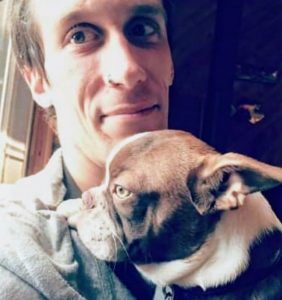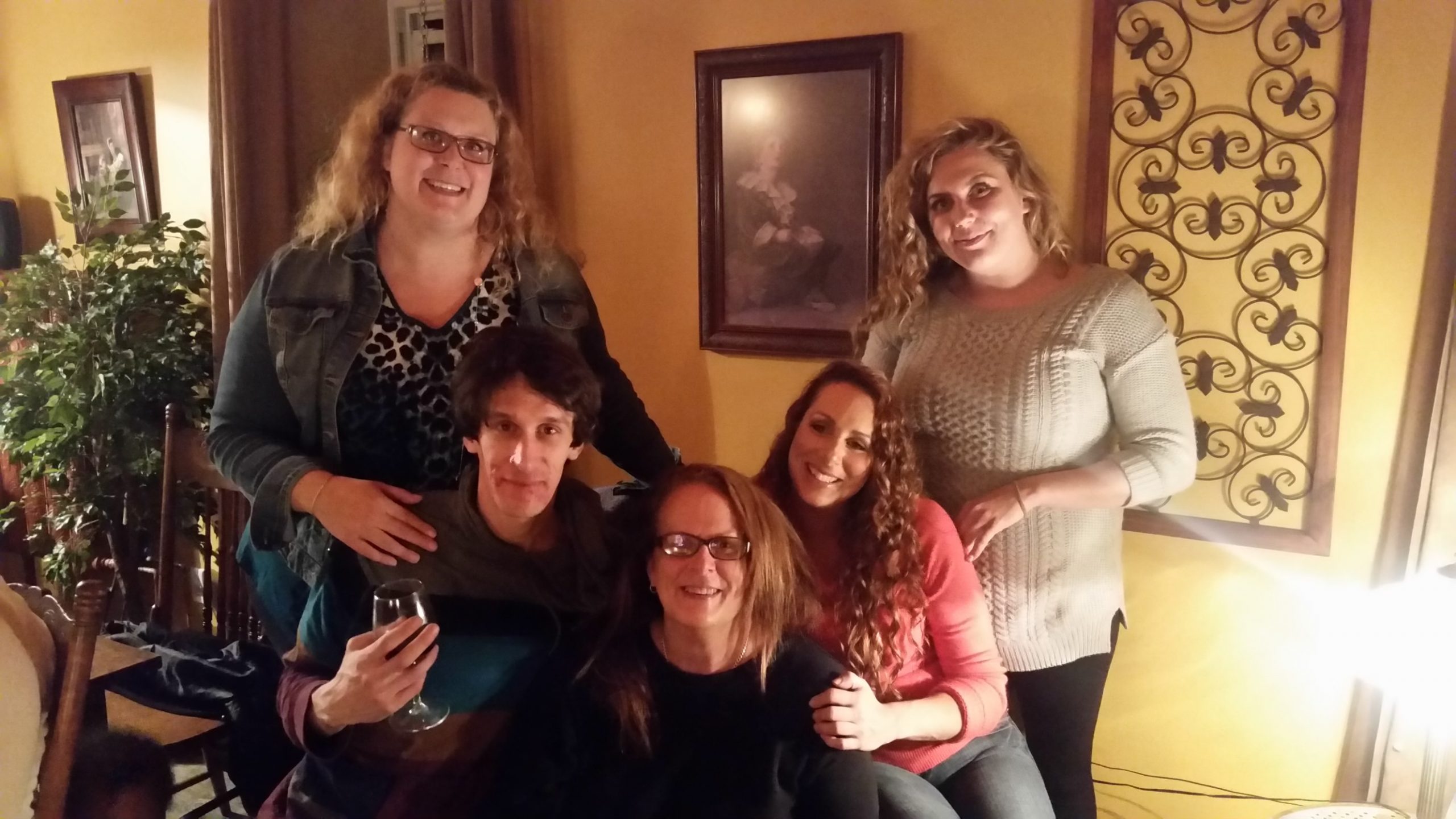TORONTO – The lawyers representing the family of a Fergus man shot and killed by a Wellington OPP officer on Aug. 15, are raising serious questions following the Dec. 14 release of a Special Investigations Unit (SIU) report.
The SIU opened an investigation into police actions the day Mathias Bunyan, 31, was shot four times by an OPP officer in his Belsyde Avenue apartment where he succumbed to his wounds.
SIU director Joseph Martino declined, in a Dec. 10 decision outlined in the publicly-available report, to lay criminal charges against the unidentified officer responsible for ending Bunyan’s life.
Martino stated that, in his view, there is “little doubt” the officer was protecting himself when he shot Bunyan and therefore there is “no basis for proceeding with criminal charges.”
Bunyan is survived by his mother and three sisters. His siblings have previously spoken at length with the Advertiser about who their brother was and his longtime struggle with complex mental health issues.
The family had hoped for clarity from the SIU investigation and report but said, through their lawyers, “Instead, we are left with more questions than answers.”
“The deadly interaction between the OPP and Mathias represents everything wrong with how police behave towards individuals experiencing mental distress,” states a Dec. 17 press release from Toronto law firm Kastner Lam.
“Mathias did not even understand that the police officers were police officers. … He politely asked the officers to leave him alone. The OPP’s response was to pepper spray him and then shoot him.”
On Aug. 15, Wellington OPP officers were dispatched to Bunyan’s Fergus apartment building following calls about yelling and screaming.
After Bunyan locked himself in his apartment, police forcibly entered the apartment and Bunyan retreated to his bedroom, where he closed himself in his closet with at least one knife.
An hour into the call, police requested negotiators – who weren’t available – and the OPP Emergency Response Team (ERT).
According to the OPP’s website, ERT members are specially-trained officers who practise “sound judgement under stress, leadership and effective communication skills, as well as the ability to problem-solve” and respond on-demand to high-risk situations such as “containment at barricaded or hostage taking incidents.”
Officers, with weapons drawn inside Bunyan’s bedroom, didn’t wait until the ERT arrived after being told at 1:14pm that four ERT members had been dispatched.
At 1:15pm, officers began pepper spraying Bunyan in the bedroom closet where he remained.
Just before 1:30pm, Bunyan emerged from the closet and, at what Martino stated was “no more than a metre” away, he charged at the officer with knives in hand.
The officer fired four 9mm rounds into Bunyan at “point-blank” range.
Bunyan managed to crawl from his bedroom to the apartment’s living room, where he died, despite lifesaving efforts of paramedics.
A preliminary autopsy report attributes Bunyan’s death to a “gunshot wound of the chest.”

Mathias Bunyan is seen with Forest, one of his dogs. (Submitted photo)
In the Dec. 17 release, the family’s lawyers noted concerns with:
- police not requesting mental health services despite knowing they were dealing with someone who had previously-documented mental health struggles;
- the time it took for police to request negotiators and the ERT;
- police not waiting for ERT members to arrive; and
- officers pepper spraying Bunyan “immediately” after being informed the ERT was on route.
Several lawyers at the Toronto firm are providing legal counsel to the family in their pursuit to understand why Bunyan died at the hands of police.
The SIU investigation provided the first opportunity for answers to questions the family had in the wake of their brother’s death, said Akosua Matthews, one of the lawyers working on the family’s file.
“The family doesn’t feel that this investigation has really answered those questions,” Matthews said.
The next step is a mandatory coroner’s inquest — a public proceeding to bring attention to circumstances of a death by examining facts and concluding with recommendations from a five-person jury assembled from the community.
Matthews wasn’t able to say when the inquest will take place, thanks to delays blamed on the pandemic.
“This is an opportunity to get both at the individual concerns that the family has, but also systemic issues,” Matthews said, adding one major concern is “whether or not we should be sending in armed police officers to respond to someone in mental distress.”
Matthews noted there are “numerous” past inquests in Ontario and across North America responding to that very question. Past recommendations have called for sending in mental health professionals, rather than police.
It’s a point Bunyan’s sister Rachel Labrie previously brought up with the Advertiser.
“We have to put more funding into mental health awareness, mental health workers, people who are trained to work for the police, to be the ones that are at the scene of these things to de-escalate … so it doesn’t come to this point,” Labrie said at the time.
“And we’d be looking to raise that exact issue at the coroner’s inquest,” Matthews said.
The family has automatic standing to be a party at the public inquest, represented by counsel who would have access to evidence, be able to cross-examine police officers and make submissions to the layperson jury.
While recommendations made by the jury in a coroner’s inquest aren’t at all binding and no one is assigned blame or held accountable, Matthews said jury conclusions do carry “moral weight.”
“You can then point to numerous inquest recommendations over the decades to make the case that this issue really needs to be addressed,” she said.
“The hope is that … they’ll both be able to figure out what happened to Mathias, and how to prevent that death from ever happening again.”
Matthews said recommendations are ultimately to propel discussion about what the public wants from their government when it comes to mental health resources and policing.
“At the end of the day, when people call 911, to send a mental health check, or a wellness check on their neighbour, or loved one, what ends up happening is we send in armed police officers … and the more that continues to happen, the more we’re going to see these types of deaths,” Matthews said.
Now, the family waits, along with their unanswered questions, until word arrives of a date for the inquest — a “humongous question mark” — but in the meantime the family is considering additional options like a lawsuit.
“Mathias spent his final moments scared and trapped by police in his home,” reads a statement from the family.
“Mathias did not deserve to die in this way. There must be a better way.”



